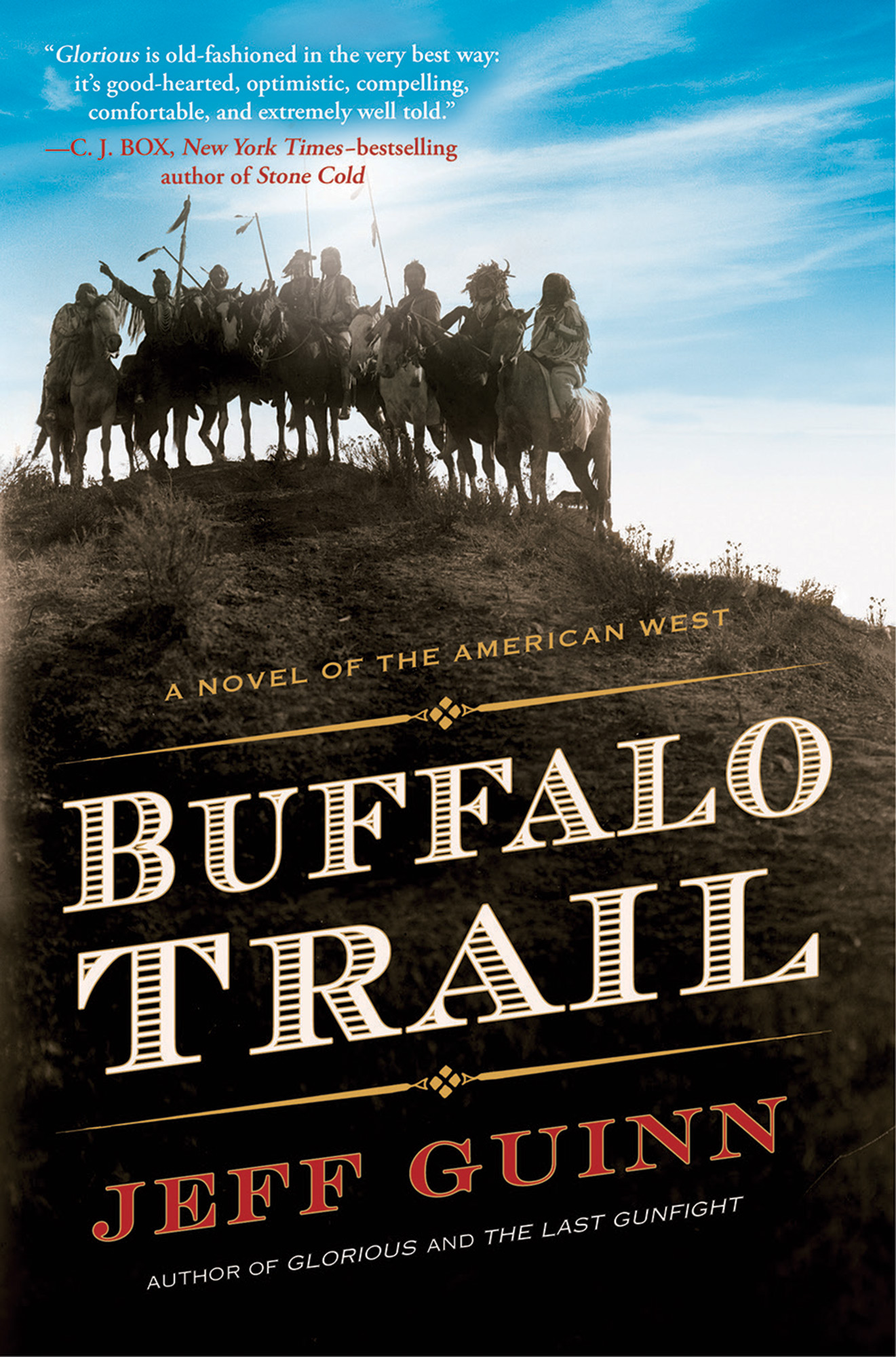
04 Oct Books: Reading the West
Jeff Guinn’s Buffalo Trail (Putnam, $27) picks up where his previous novel Glorious left off, continuing the story of Cash McLendon, the former protégé of a St. Louis businessman on the run from his ex-employer after a series of disastrous missteps. Having first headed west in pursuit of the love of his life to a silver camp (the eponymous Glorious) in the Arizona Territory, Cash ends up almost winning back that love while getting entangled in town politics. And then he finds that his past is still nipping at his heels in the form of a St. Louis enforcer who is out for his former employer’s revenge. By the start of Buffalo Trail, Cash has lit out again, this time finding himself in the company of a very young man named Bat Masterson, in the very new southwestern Kansas settlement known as Dodge City.
Still passionately in love with the lovely and educated Gabrielle, who has chosen to stay in Arizona with her father, Cash’s aim throughout the book is to get back to her and prove his worth. In order to earn the fare for a train ticket back west, he’s helping Masterson skin buffalo. There’s talk about heading south with a hunting party that Billy Dixon is putting together in the hopes of getting an even bigger haul of buffalo — or more specifically their valuable hides. No one in Dodge City wants to eat the meat any more. The catch (of course there’s a catch) is that the hunt will take place in Indian Territory in the Texas Panhandle.
Where Glorious was a lively, old-fashioned Western, Buffalo Trail takes a darker turn, as Cash becomes more of an observer of the historic events playing out around him. But this next volume of his story is no less compelling. As it turns out, the camp that Billy Dixon’s party has scouted, named Adobe Walls by the men, has been targeted for attack by Comanche, Cheyenne and Kiowa warriors (led by a Comanche named Quanah) determined to work together to remove the whites from their hunting territory forever.
Guinn does an effective job of pulling together a dramatic and compelling fictional story from the collision of the actual characters and events of the late-19th century West. In fact, because his fictional sharpshooter Billy Dixon, the pre-law enforcement Masterson, the war chief Quanah and the mystic Isatai are so believable (though not necessarily likable), this fictionalization of a famous event in U.S. history probably reaches some truths that nonfiction might miss. Guinn’s storyline involving the Cheyenne woman, Mochi, adds another layer of drama and complexity to the story that keeps you reading. And you can’t help rooting for Cash to make it through the battle of Adobe Walls and back to Gabrielle. This is the second novel from a writer worth watching.
Craig Lancaster’s This is What I Want (Lake Union, $14.95) grapples with the stickiest of issues in the American West (past and present): the good, the bad and the ugly of a boomtown. But it also grapples with the stickiest of human issues: the relationships between husbands and wives, fathers and sons, sisters and brothers, and neighbors and strangers. Like Lancaster’s previous novels, 600 Hours of Edward, The Summer Son, Edward Adrift and The Fallow Season of Hugo Hunter, his new book is full of finely drawn characters, finely wrought emotions and a deep appreciation for the small towns, people and landscapes of the rural West.
When the story opens, the small Montana town of Grandview is in the process of getting ready for Jamboree, its biggest annual celebration. What that means is Sam Kelvig — a third-generation resident of Grandview and a third-generation organizer of Jamboree — is running himself ragged trying to make everything perfect for this year’s event. It’s July, hot in the way that only a small Eastern Montana town can be at that time of year, and unusually tense as the celebratory gathering approaches because the community seems to be on the verge of falling apart.
Grandview is in the middle of an oil boom. There’s new money in town, and there are new people in town. Old alliances are tested and new alliances are formed. But everyone is uneasy. In a place where the annual Jamboree is a tradition going back for generations, not everyone is comfortable with the shake-up in economics and the influence of outsiders. Nor are they necessarily comfortable with the people they’ve known and lived with side-by-side. Sam’s brother Henrik is clearly unstable. His wife, Patricia, is exploring a romance with a well-known local writer. His estranged gay son, now known as Norby, is back in town for the community party. Between Norby’s awkward interactions with his parents, their awkward interactions with each other, and the complete lack of any redeeming qualities exhibited by Norby’s sister and her family, it’s no wonder that Grandma Blanche is desperate for a few minutes of peace leading up to Jamboree (or until she dies, whichever comes first).
Instead, of course, everything blows up on personal and public fronts. Lancaster’s ability to portray the collision of events and personalities in his small-town setting elevates the personal stories. And his characters’ realism, set against a celebration that is starting to look quainter and less relevant in the context of their changing world, keeps the hand wringing under control. Sam’s concern over making Jamboree perfect becomes a metaphor for holding on to the past, while not preparing for the future.
In Grow: Stories from the Urban Food Movement, Stephen Grace (Bangtail, $16.95) takes readers on a journey through alleys and forgotten places in Denver, telling the story of the men and women who are trying to change the world by changing the way we think about and look at food production and supply. It is one of those rare books that covers an important, but unsung, movement in a compelling, poignant and deeply human way.
Grace was first introduced to the urban garden underground when he started working for an organization called Waste Farmers, collecting food waste from Denver’s alleys to convert into compost. His vivid descriptions of the sights and smells are enough to convince you that this is not a job for the faint of heart; what’s remarkable is the diversity of characters he encounters as he travels further into the world of these intrepid folks. As he learns more about the various and diverse groups dedicated to changing the way cities feed themselves — making it possible to not just grow food in the city but to take the city’s shortcomings as agricultural property and turn them into assets — he enters the world of crop mobs and hip-hop activists, foraging grandmothers and veterans reintegrating into a post-service world.
Grow isn’t just a book about how Denver can develop urban gardens to help feed itself. It offers an example of a place where a growing number of people are making extra efforts to change the ways they eat and the ways they think about food. At the same time, Grace offers prescriptions for a wider world that would do well to consider moving away from industrial production of food. He discusses the health and social justice implications for both people and the environment of what it means to have plentiful healthy, local food on your plate. It’s not new for a writer to suggest that there’s a political side to food production. But what makes Grace’s reporting effective is the way he allows his subjects to share their views by showing their actions — rather than pounding on the pulpit.
Not all readers may come away with the idea that what we put on our plates can change the world, but all who dip into this book will connect with a personal story that changes the way they think about what they eat once in a while. The reason this book is so effective is the fact that while Grace makes the personal political, he never loses the personal. From the loss of a friend in the movement at the start of the book to the healing process the author goes through as he uncovers more of these stories, this is a book about not allowing challenges to overcome us; it’s about starting small and growing.
Grizzly West: A Failed Attempt to Reintroduce Grizzly Bears in the Mountain West by Michael J. Dax (University of Nebraska Press, $37.50) explores the history of a plan to reintroduce Ursus arctos horribilis, the grizzly bear, into its former range in the Bitterroot Mountains, specifically to the Selway-Bitterroot Wilderness in Idaho and Montana. When the U.S. Fish and Wildlife Service approved the grizzly plan, which followed on the heels of the successful — but obviously controversial — 1995 Yellowstone wolf reintroduction, the move was widely praised by environmentalists and diverse interests nationwide. The plan itself came about from a collaboration between the timber industry and environmentalists, and between differing environmentalists, a veritable Old West-style posse pulled together from community members who wanted to serve, set on the task of undoing what people and settlement have done to the great bear.
If anything, though, the idea of reintroducing grizzlies was even more controversial than that of bringing the wolves back. Dax’s thoroughly researched and balanced reporting on the events leading up to the plan’s approval looks at the fears behind the objections and places them in the context of the late-20th century West. He argues that economic forces along with the changing political and cultural landscape of the West ultimately doomed the project, which was shelved by President George W. Bush’s administration early in his first term in office. But he doesn’t blame partisanship for the failure of the program. Dax’s argument that there is a “New West” pushing against the “Old West” that dilutes the region’s political power on the national stage, and possibly doomed this reintroduction effort, is an interesting thesis and may also cause some controversy.
Ultimately, Grizzly West is an excellent environmental history that puts the story of grizzlies in the West in their biological, human and political context. Dax has a nimble hand and skillfully pulls together the intertwining storylines into a clear, coherent and readable narrative. His arguments don’t come with prescriptions, but perhaps they’ll start thoughtful conversations around these issues.
Of Note: Books, Music, Movies & More
Tom Kotynski’s 40 years of hiking along the Rocky Mountain Front have been distilled into his new edition of his hiking guide, Discover the Rocky Mountain Front (Riverbend, $16.95). Covering an area of the front that stretches from near Dupuyer to Augusta, it contains updates to hikes in the Bob Marshall and Scapegoat Wilderness areas, great detailed maps and overviews, plus detailed information on access. The at-a-glance organization of critical information about distance and difficulty, camping and side trips, and best time of year to visit, makes the book easy to browse and use. His suggestions for cross-country skiing add to the appeal. And both black-and-white and color photographs give a peek into the magnificent region. An excellent addition to Montanans’ bookshelves and camping gear stashes — and a great book for visitors to the state.
Yellowstone Summers: Touring with the Wylie Camping Company in America’s First National Park by Jane Galloway Demaray (Washington State University Press, $24.95) paints a fascinating picture, especially for modern tourists who are used to bear-jams and take for granted the relatively easy path traced through the park by the grand loop road. Demaray’s family connection to the Wylies (she’s the great, great-niece of William Wallace Wylie) serves as the jumping off point for her thoroughly researched and entertainingly told story of the earliest tourist days in Yellowstone. Wylie’s pioneering entrepreneurial spirit made a trip to Wonderland not just possible, but relatively comfortable in those early days. This book is an excellent tribute to his vision, and a fascinating piece of the history of the park.
The soft light and impressionistic lines of John Swan’s painting Black Brook wraps around the cover of Charles Gaines’ Waters Far and Near: Tales of Angling Adventure and Misadventure around the World (Lyons Press, $24.95), promising gifts from the artist on the inside as well. Swan’s sketches are scattered throughout the pages of such chapters as “A University of Bones,” “Fishing Babes in the Everglades” and “Turning Ten Again” punctuating this very entertaining look into a lifetime of fishing adventure all over the world. Gaines is well-known as an outdoor writer — his subjects and activities cover the gamut from ice climbing to diving to paintball. But it is fly fishing that he claims as his favorite, and his delight in what he calls spending “a lunatic amount of time running around the world in order to interfere with the eating habits of pea-brained creatures with fins,” comes through in his funny and insightful group of essays. More than a book about fishing, or even the many places around the world where Gaines has fished, this is a book about the people who fish, in their many types and varieties, and in the joy that they experience. Overall, it’s a lovely package and a book for dreamers and travelers alike to enjoy.
The collision of the myth of the Wild West and the birth of the motion picture industry provides the impetus for the sweeping historical saga that is Lilian’s Last Dance, the debut novel by Christene Myers and William Jones, ($14.99). When the book opens in 1907 New York City, the excitement of the new century with its modern art, fashion and the enticing world of the silent movies exemplifies all that is current and hopeful. At the heart of the story is a British-born filmmaker named Walter Brown who starts up a traveling troupe of actors with the intention of making movies. His star is Lilian Dumont, a former sharpshooter with Buffalo Bill’s traveling Wild West show, and the story heads west through Oklahoma and Texas, on to southern California, before veering away to World War I Paris. Along the way, a Montana outlaw and a federal marshal both fall in love with Lilian. And they’re only a couple of the wildly colorful fictional characters who make their appearance alongside appearances by equally colorful, real-life famous names of the day from Buffalo Bill Cody himself to Charlie Chaplin, to Edith Wharton and Gertrude Stein. The book clearly is meticulously researched and a fun read through all of its twists and turns.
Carolyn Pettit Pinet’s new volume of poetry, Tangos, Tamaracks, and the Other Woman (Bryn Gwili Press, $15) offers glimpses into a Spanish language classroom, meditations on loss, and celebrations of summer evenings at a municipal band concert:
Ah summer—
How beautiful all
decked out in green fronds
with a scarlet tiara!
A dip into these poems, with their deft language and breadth of life experience, takes the reader into a different conversation on every page with Pinet, a Pushcart-nominated poet whose work has been featured in numerous anthologies. A native of Wales, Pinet expresses affection and appreciation for her three decades in Bozeman, Montana; the people and places in the West come through clearly in her art. This isn’t a narrowly drawn collection, however, but one that touches every part of the human experience.




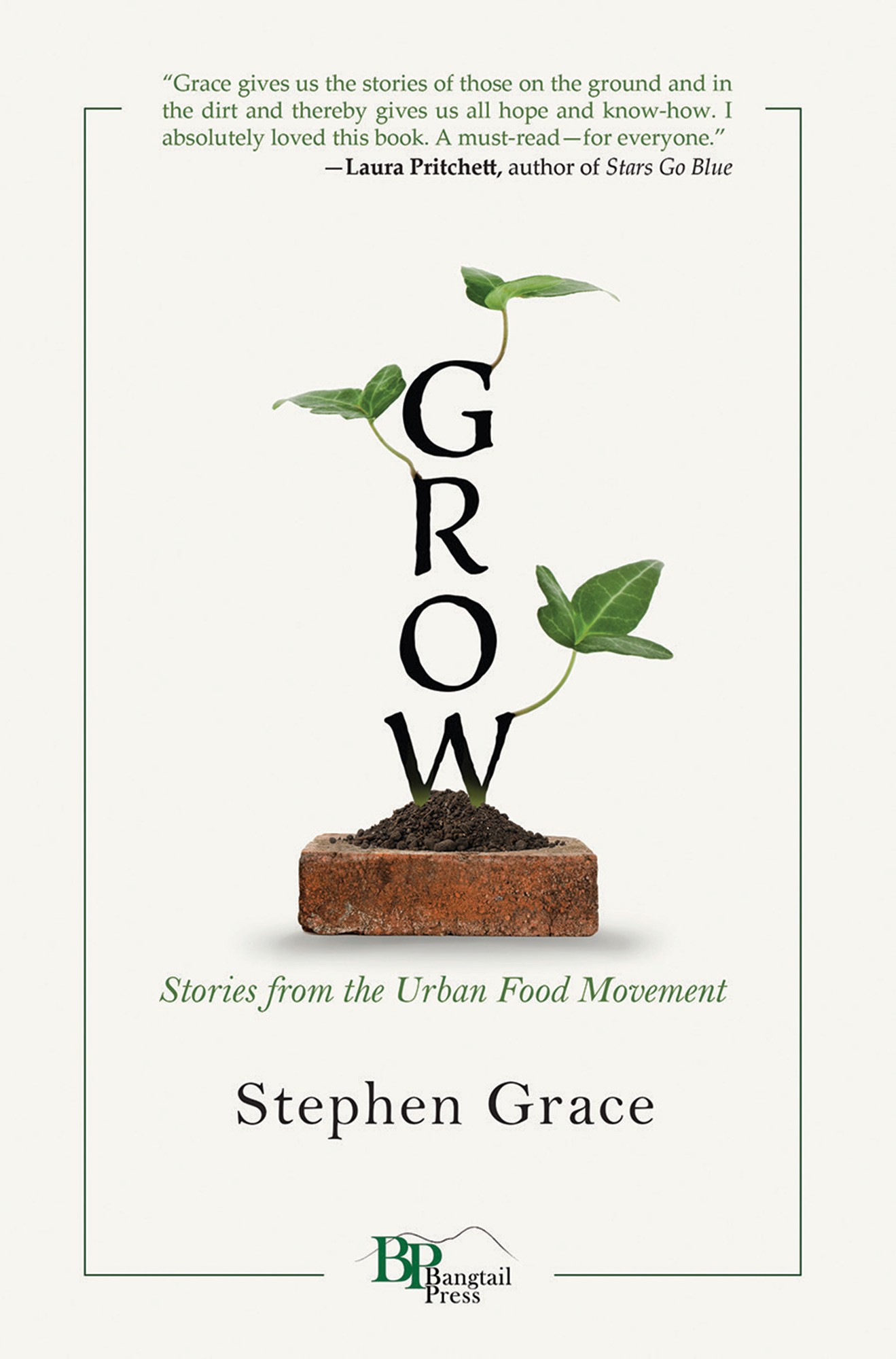
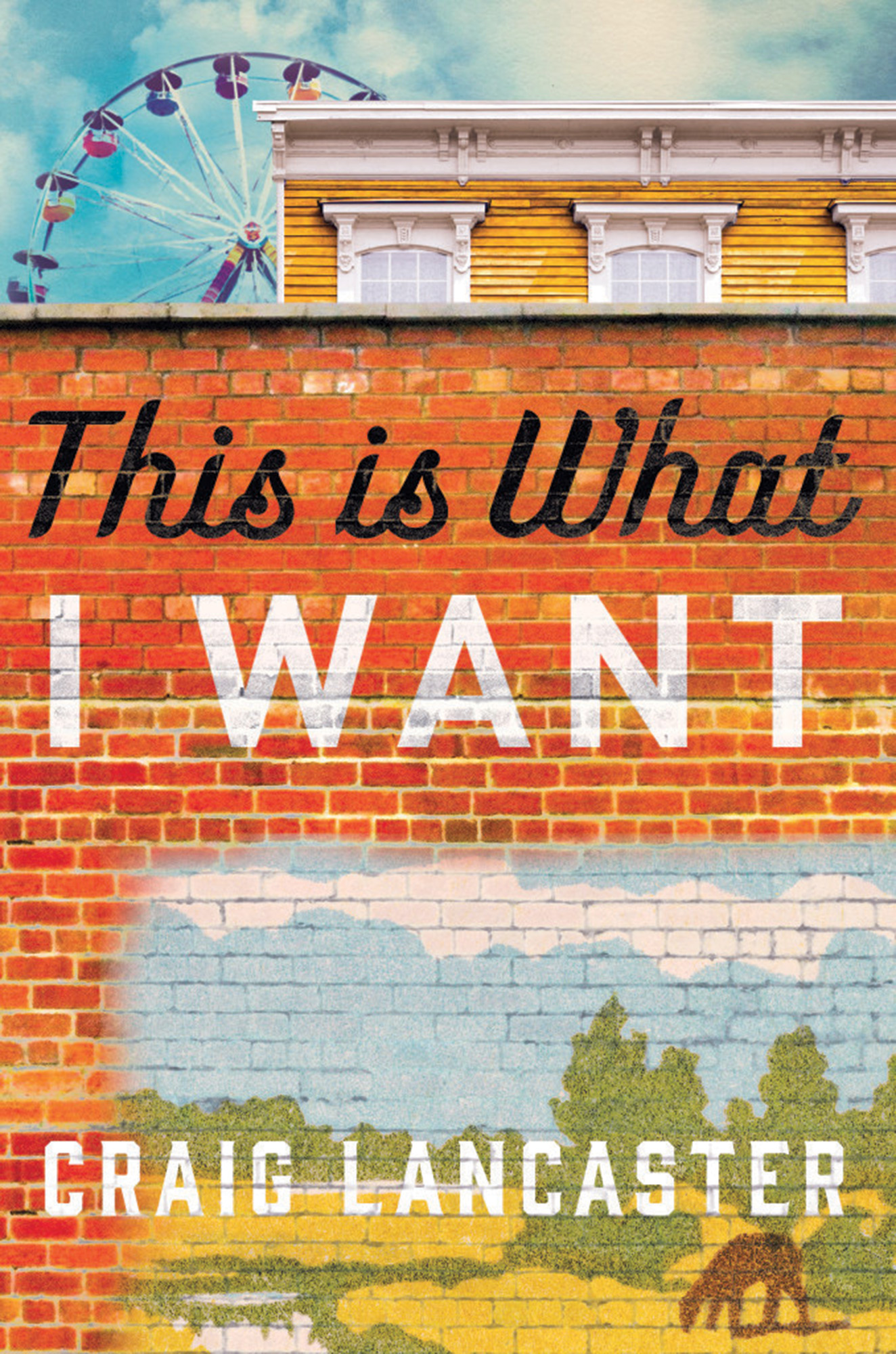
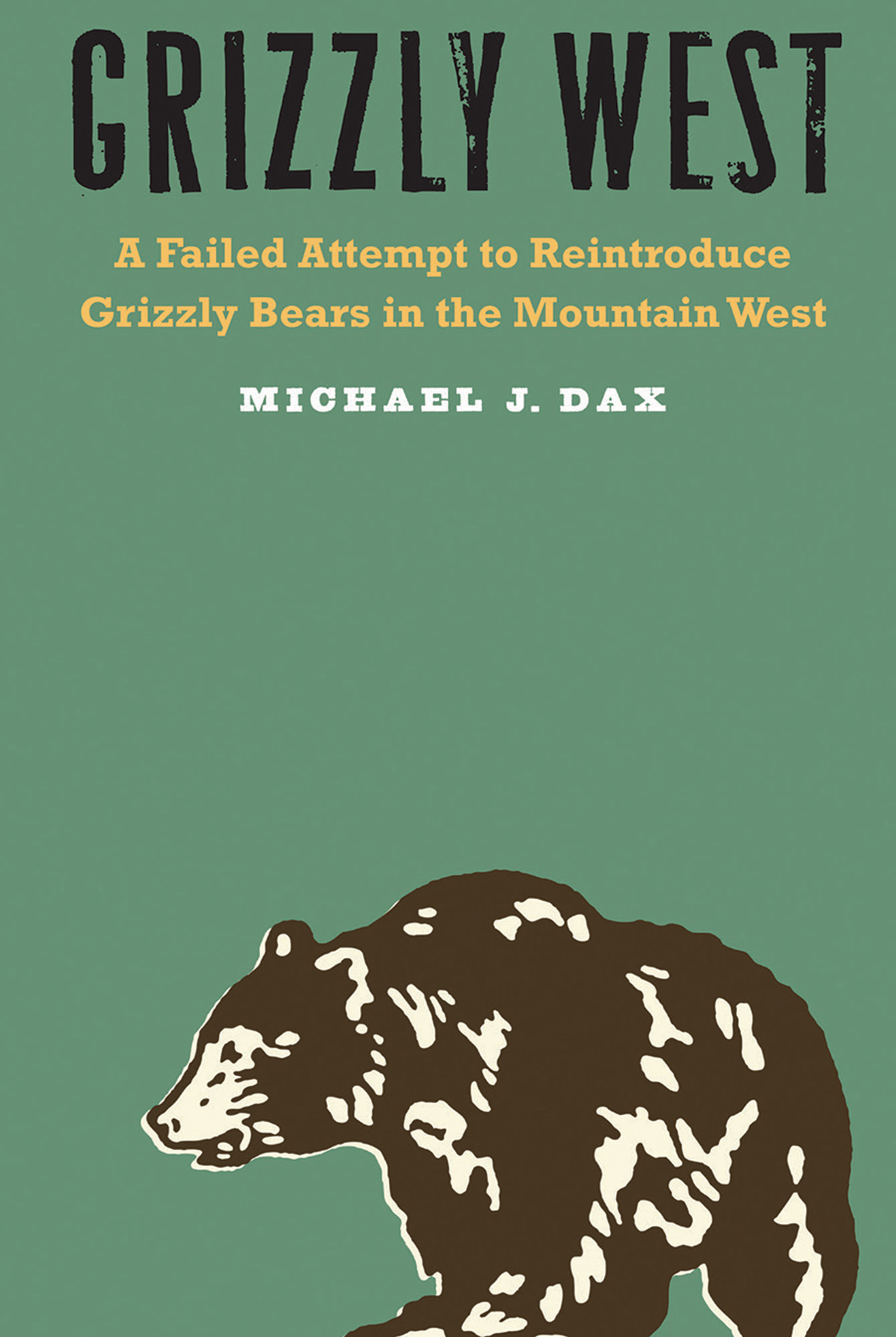

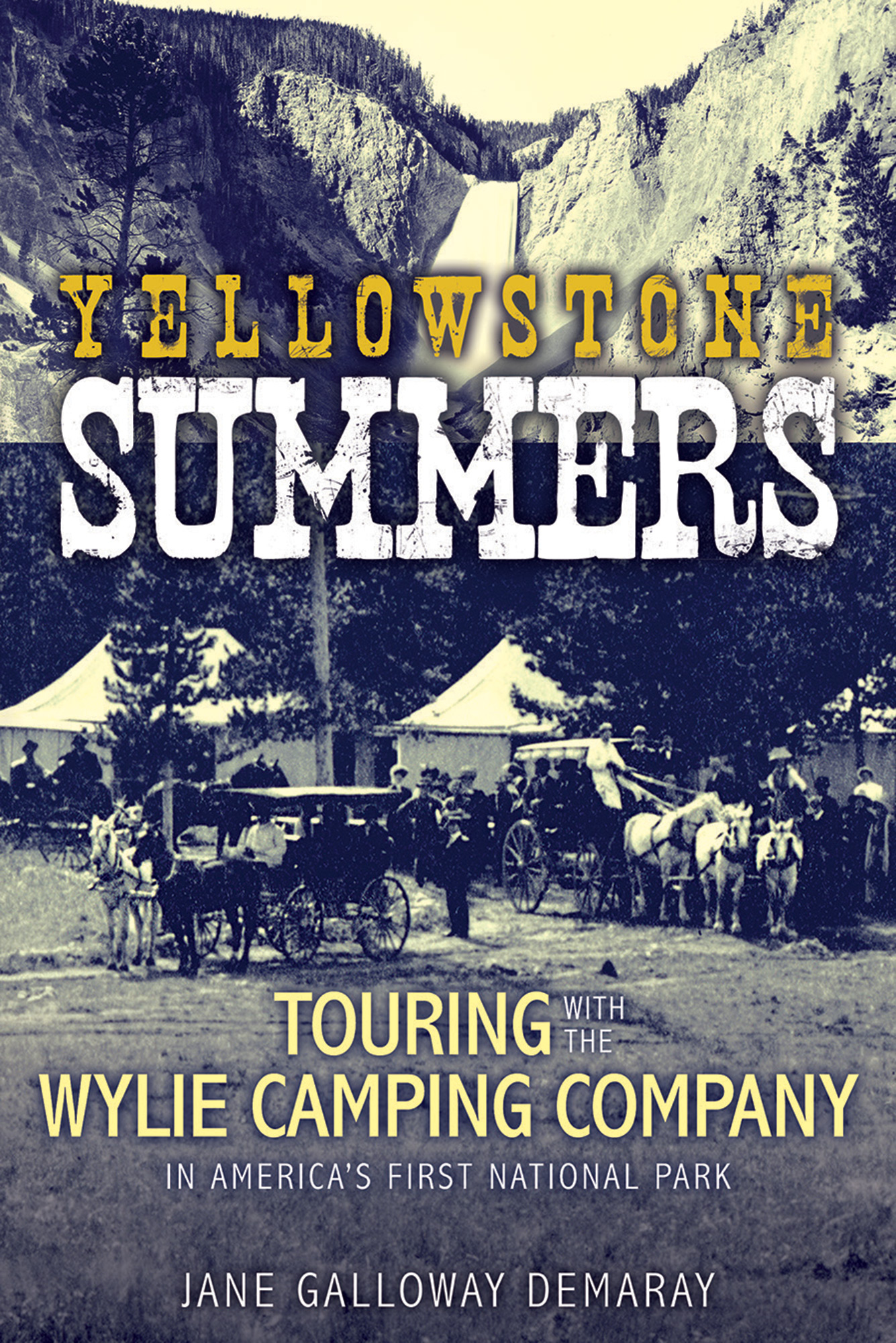

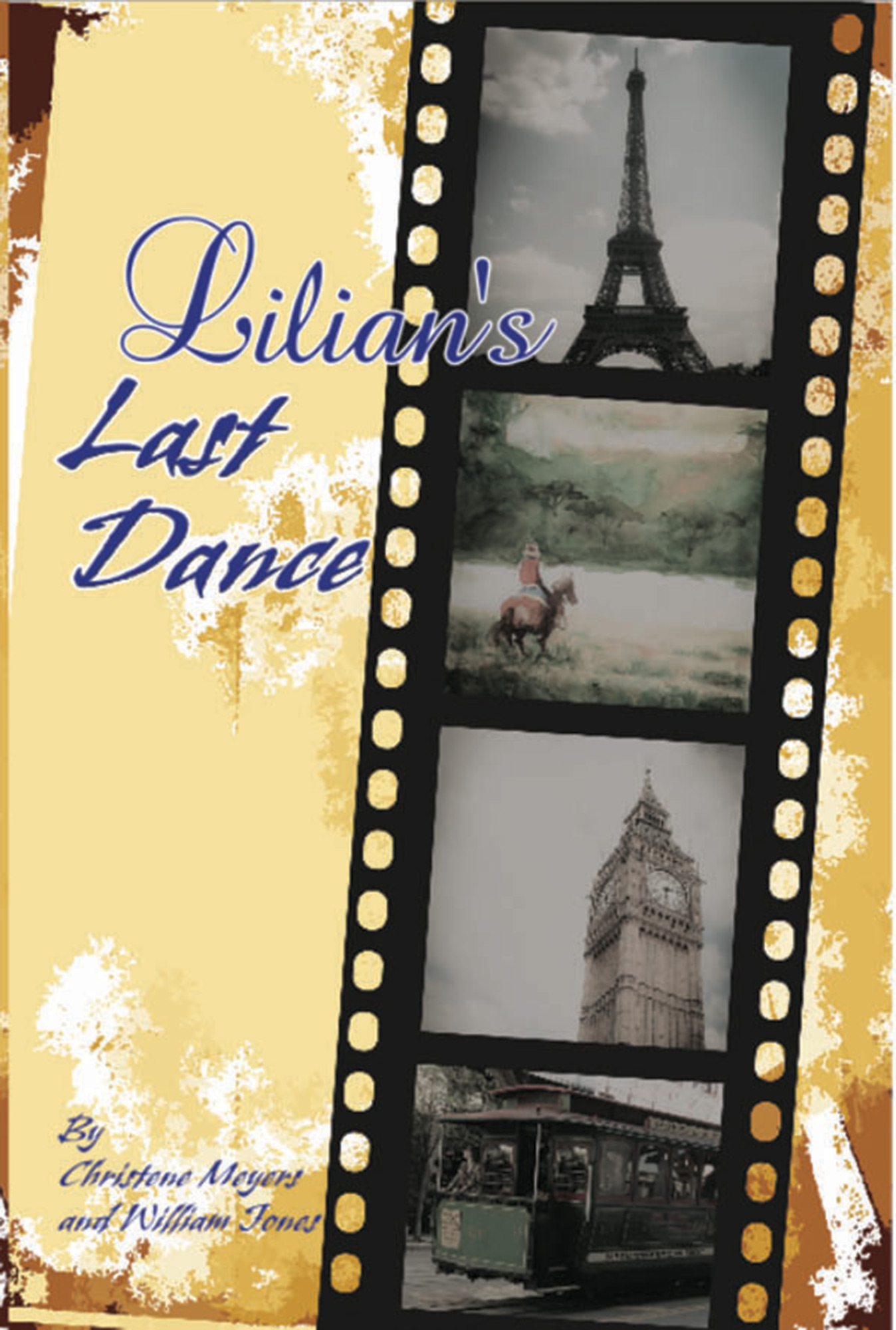
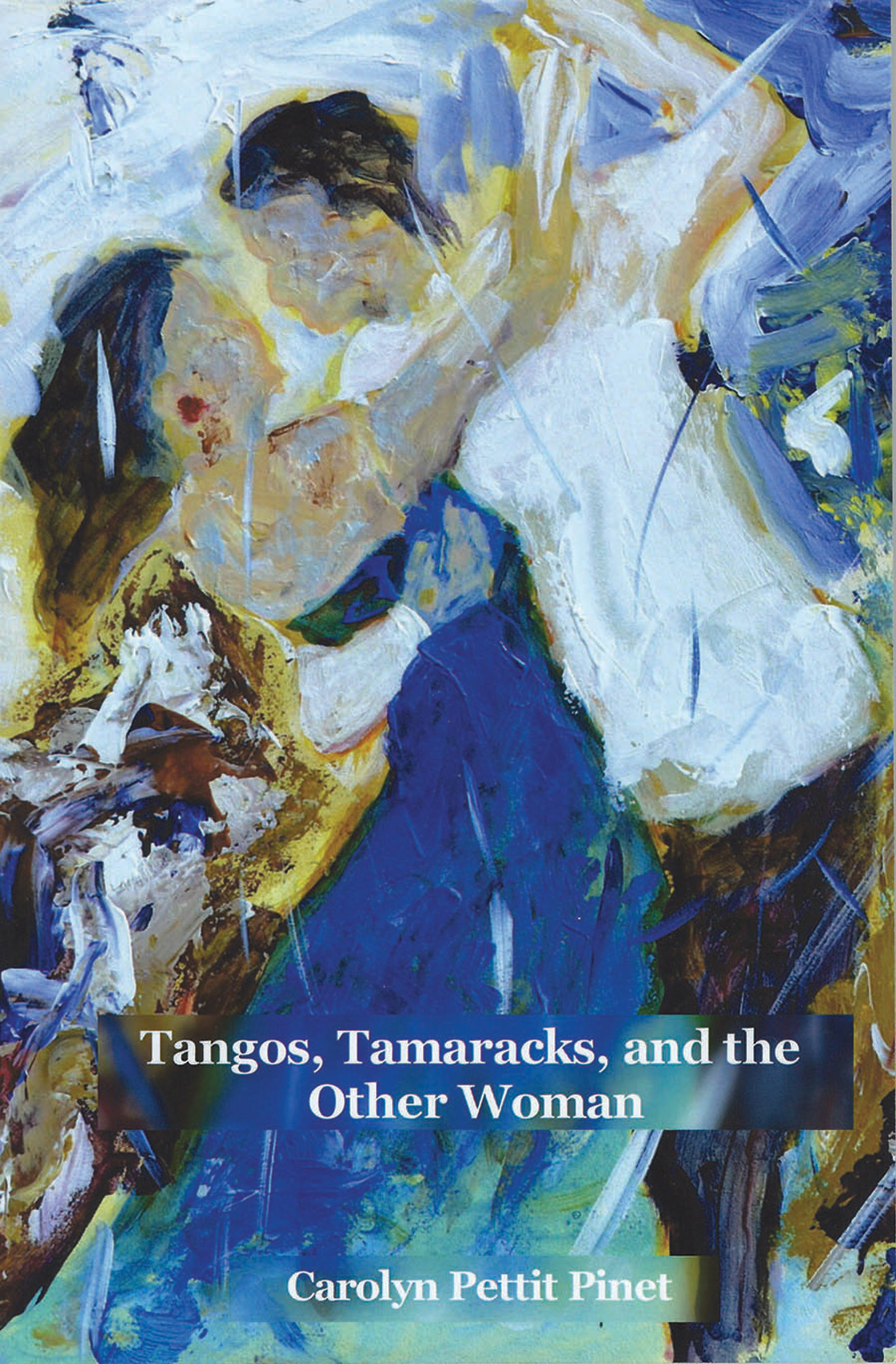
No Comments